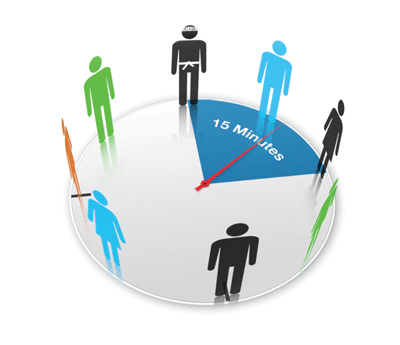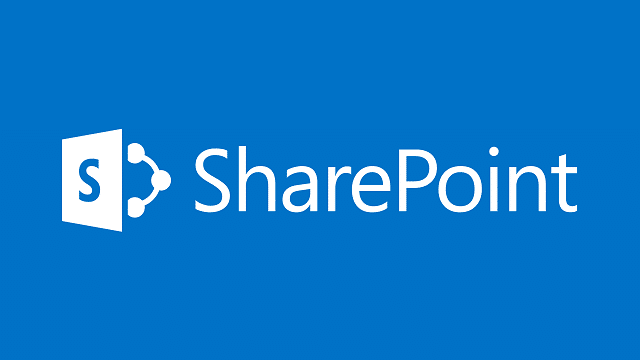Some of our project teams are using Agile Scrum over traditional project management methodologies. We have found the daily Scrum meeting to be of particular benefit, especially compared to traditional project management meetings.
methodologies. We have found the daily Scrum meeting to be of particular benefit, especially compared to traditional project management meetings.
What exactly is a Scrum?
Named after a tightly packed huddle of rugby players, a scrum is a short, time-boxed meeting where the participants answer three simple questions: What did you do yesterday? What are you doing today? Are there any obstacles preventing you from doing work? Any topics or problems that come up and require in-depth deliberation are tabled for discussion outside the scrum.
Who attends a Scrum?
The meeting participants are project team members, anyone who has responsibility for executing assigned tasks on the project. Any other stakeholders are welcome to join the Scrum and listen to keep their finger on the pulse of progress and risks. In addition, key stakeholders receive a weekly executive dashboard with a sprint burndown chart showing progress toward goals along with items requiring leadership attention and key dates to watch.
When does the Scrum occur?
The Scrum is most effective for our team when it occurs first thing in the morning, scheduled at the same time, and held in the same place onsite every day. Keeping the daily cadence consistent increases the efficacy of the scrum. The meeting sets the tone for the day by engaging and connecting all team members and making sure we have plans in place to address any roadblocks quickly.
How does Scrum make project teams more productive?
One may think that a daily, recurring meeting is time-consuming and a tad excessive. Our experience has been quite the opposite. This high frequency, low duration meeting arguably saves more team member time and energy than any other project tool available, allowing them to be more creative and effective and increasing the chance of project success. In addition, key stakeholders are able to join as is feasible and share important overall project updates, allowing for questions in real-time, versus context being lost in an email update.
Below are two of the most noticeable benefits we have seen:
Fewer Meetings
Ironically, less time overall is spent in productivity draining project meetings that require getting everyone up to speed and taking away action items to resolve at a later date. Many times, ad-hoc and even formal follow up meetings materialize through topics and problems first identified and discussed in the Scrum. With all team members aware of the details, the team can quickly decide who needs to be involved and what the goal of the meeting will be, allowing for more efficient meetings when they do occur.
Less Email
Like meetings, an inbox full of messages can be a drag on a project team. The onsite nature of the meeting encourages team members to collaborate in person. Many communications that could fall into the body of an email are instead discussed and resolved face-to-face. Additionally, the daily updates produce a more informed project team and allow less room for communication breakdown that can occur from failures to piece together endless email threads to an array of team members. Quick questions amongst the team are handled by Skype messages.
The daily scrum adds value to our project team by keeping the team focused on the tasks to be completed that day and facilitating better communication that allows us to solve problems quicker through collaboration.



